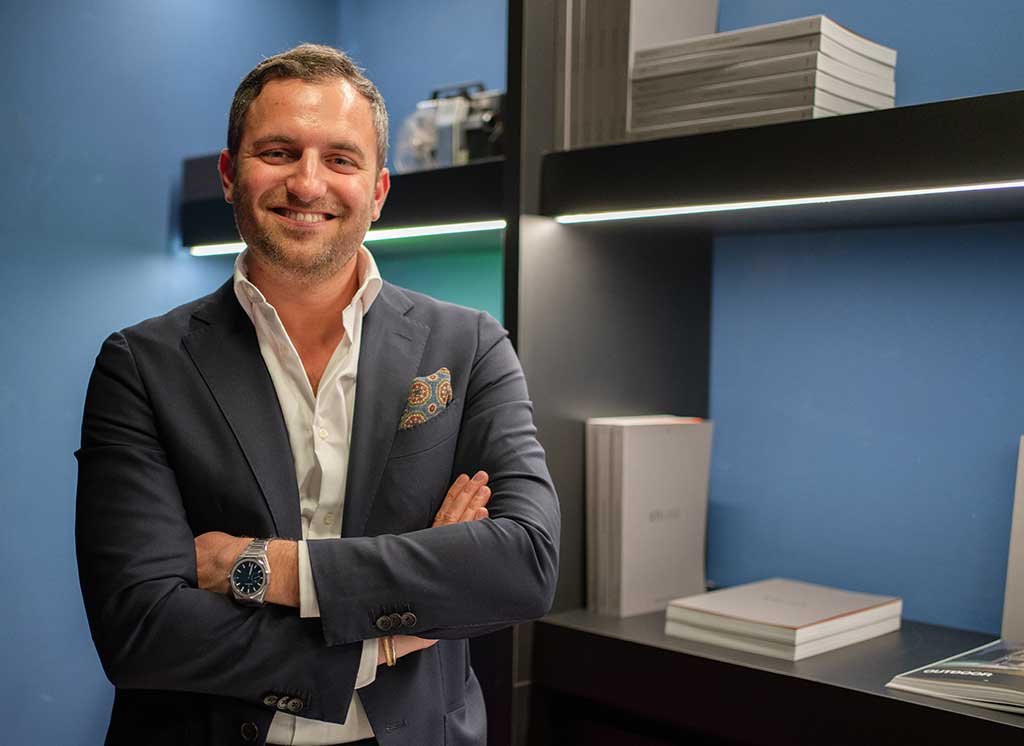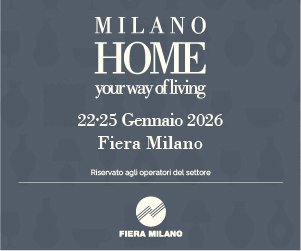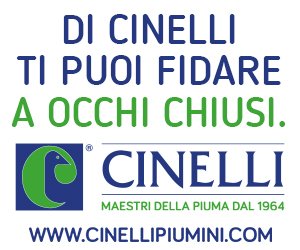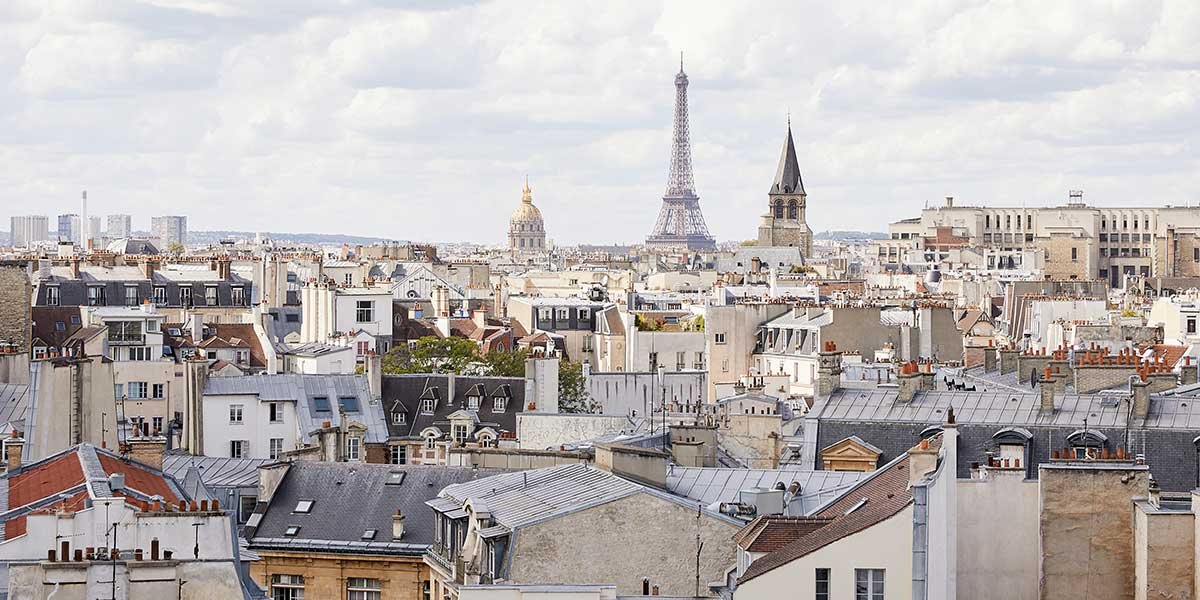“Every hour of the day carries within itself a miracle of light” Peggy Guggenheim
Perhaps because it is invisible but makes the world visible, perhaps because without it we would not exist, perhaps because it is a unit of measurement of cosmic distances. Of all physical phenomena, light certainly remains the one most full of symbols, meanings and effects on the life of man and the reality that surrounds him. A ‘medium’ between transcendence and the phenomenal world.
What is surprising is how this quality of his as a medium has never failed in the long millenary human history. We start from the discovery of fire arriving up to today, passing through very ancient civilizations and men who have investigated its nature using the tools and knowledge available from time to time. Art, architecture, philosophy, science, all have been fascinated by this elusive energy whose presence marks the rhythms of nature and draws the contours – between light and dark – of man’s work and his thoughts.
On the left, Sorrento table lamp designed by Valerio Sommella; on the right, Lorosae table lamp designed by Alvaro Siza.
Once this premise has been established, it becomes easier to understand what efforts and objectives lie behind companies that have built their entrepreneurial identity around light. One of these is Nemo Lighting. The meeting with Andrea Spallino – commercial director and CEO ILTI Luce, Nemo Group – was a revealing journey and an opportunity to discover how light is a matter of design, of constant and in-depth attention to quality, efficiency and yield and all the implications regarding the environment and sustainability. But above all man and his well-being.
Nemo was born in 1993, in Milan, by Franco Cassina who wanted to complement his mother company specializing in designer upholstery with one that produced lamps and accessories to complete the furnishing offer.
“An interesting experience in its premises but destined to stall shortly afterwards due to the objective difference between the two production technologies. – explains Spallino – Basically, producing upholstery is not the same as producing lighting. And even limiting the existence of a company to the sole design and production of designer lamps – however beautiful, functional and interesting – was not commercially and strategically a winning choice in the medium and long term”
Cabanon table lamp design Le Corbusier.
The entry of Poltrona Frau into Cassina in 2004 will lead, within a short time, to the sale of Nemo. Ownership will pass to Federico Palazzari who will initiate important changes and invest resources to transform the company into an authentic ‘innovation laboratory’. A jewel that will not fail to demonstrate, over time, its great technological value.
Nemo is a prophetic name. Nemo is the name of the fearless and mysterious captain told by Jules Verne in the novel “Twenty Thousand Leagues Under the Sea”. He is the prototype of the Prometheus man, perpetually exploring the unknown and the depths of the sea. Practically the same spirit that moves Nemo Lighting in relation to light, as we will see.
Parliament floor lamp design Le Corbusier.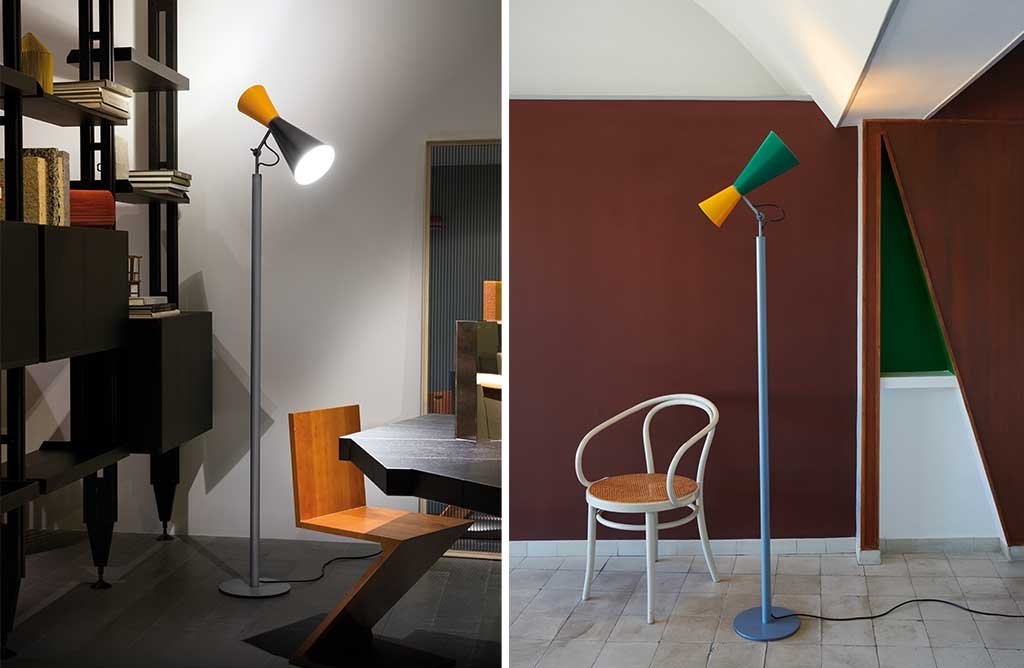
From the experience with Cassina, Nemo recovers the great operation linked to I Maestri, coining the Master collection. It essentially combines history and innovation by editing lamps that were never produced or produced for specific projects and therefore unknown to the public. “This means not only having recovered lamp designs by Le Corbusier, Charlotte Perriand, Vico Magistretti, Franco Albini, Alvaro Siza, Kazuhide Takahama, Lina Bo Bardi from the archives – explains Spallino – but we have completely engineered them, updated them from an electrical point of view and made them industrially feasible. Offering consumers the opportunity to purchase great design objects at a fair price. Because beauty must not remain a privilege, it must be for everyone”
Alongside the Master Collection, Nemo has then developed projects bearing the signature of great protagonists of contemporary design including Mario Bellini, Jean Nouvel, Andrea Branzi, Bernhard Osann and Arihiro Miyake.
Lampe de Marseille designed by Le Corbusier.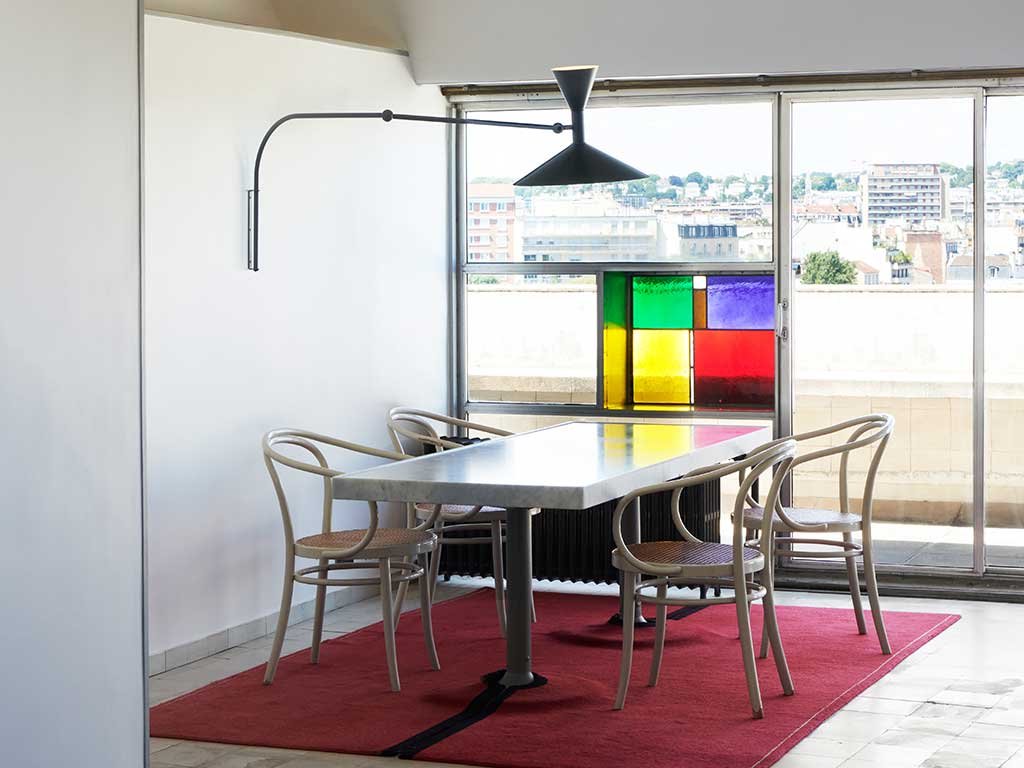
If the design field moves on design and aesthetic parameters linked, especially for the lamps of the Master collection, to more conventional light sources, the advent of LED lighting has substantially changed the lighting project.
“The advent of LED technology – underlines the commercial director and CEO of ILTI Luce – has the same scope as a Copernican revolution. It has radically changed the prospects for the development of light, its application and its project. The LED strip, its versatility and ability to adapt to shapes, has cleared away the constraints imposed by the traditional light source. This has opened up spaces of expressive freedom that weren’t there before. Obviously LED technology is also applied to light bulbs, but at this point for a purely aesthetic, design factor. Then there is the central issue of recyclability which in the case of LED technology is close to 100% to which is added the long operating life – approximately 80,000 hours – and the substantial reduction in consumption. All things considered, it’s about 9 years of 24-hour lighting. And durability is an element that makes a product sustainable”
Lampe de Bureau design Charlotte Perriand.
Returning to the history of the company, in 2020, Nemo Lighting acquired the Turin-based ILTI Luce, a lighting engineering company. Which was followed, a year ago, by the acquisition of the majority share of Reggiani Illuminazione, also historically involved in the field of lighting engineering and architectural lighting. Two decisive steps that expand the development sectors by aiming at the world of technical lighting with particular attention to museums, retail, museum and outdoor, as Andrea Spallino explains.
“It was an essential, necessary expansion. We work a lot with large fashion groups and their attention to spatial and scenographic light is a priority. As in the construction sector, our interest is concentrated on those projects that encourage the use of low impact and high technological content technologies – and consequent tax advantages for those who decide to use them when promoted at a legislative level – improving their efficiency and quality standards both immediately and in the long term, with significant savings in terms of consumption and emission control”
La Roche wall lamp designed by Le Corbusier.
The great challenge today revolves around the quality of lighting and not just sustainability, which is also fundamental. “It must be remembered that the term ‘sustainability’ refers to a complex eco-system where every single step/element of a project has value and meaning only if it is conceived as part of a perfectly balanced whole. Balance that is not static, but dynamic. This presupposes the confluence of knowledge and skills ranging from biology to human physiology and at the same time the mastery of the physical and optical parameters that revolve around light understood as ‘design material’. It goes far beyond the aesthetic and design aspects of a lamp. We enter the territory of the biorhythms of the human being, of his health and well-being, of the circadian cycle that regulates life on this Planet. It means looking at the Sun, at that star that has illuminated the path of humanity for thousands of years, in an eternal daily rising and setting”
Technically it means working on the color of light, on its mutability in relation to the passing day and the following seasons. It means using the color rendering index – CRI – a complex parameter that provides the exact ‘composition and frequency of the electromagnetic waves’ that hit an object, returning its contours, colours, brightness and shadows as if it were placed under the light of the sun.
“We aim for that perfection, that quality. Which will never be 100% but, in some cases, it can reach 98%. Obviously this is a very expensive technology that we mainly use in the museum field where light is a fundamental element for observing a work of art. Among other things, every single work requires targeted studies: illuminating a Caravaggio is profoundly different from illuminating a Picasso. This is to say that there is no standardization but tailor-made projects. A millimetric control capacity is required, a technological level never achieved before and on which we continue to work. This attention also applies to spaces and architecture where we work on different but no less challenging and complex scales”
On the left, Borne Beton table lamp designed by Le Corbusier; on the right, Projecteur 360 Pendant designed by Le Corbusier.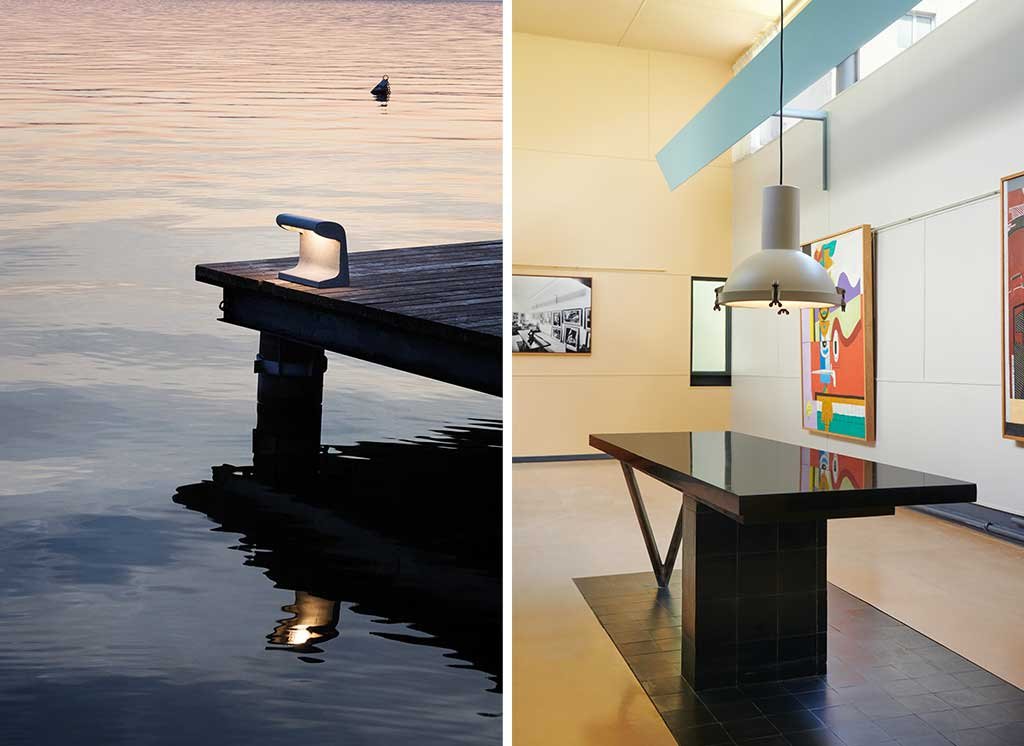
Thinking about man and his need for well-being and respect for the natural day-night cycle, the application of this technology could have an important impact on his daily psychophysical conditions. A qualitative leap that would also change the use of domestic spaces.
“Exactly, and it is no coincidence that our services also include this type of design approach for residential buildings. There are lamps capable of modifying the temperature of the LED light thanks to sensors connected to the network, which follow the ticking of the natural clock. The LED strip starts with a warm morning temperature, reaches the zenith level at midday with the maximum peak of coldness and then drops again towards a warm temperature until sunset. Numerous studies confirm how this sequence correctly rhythms human activities where the peak of maximum vitality occurs in the central hours of the day and then slows down in the second half of the day.”
Chloris suspension lamp design Arihiro Miyake.
Skills, research and strategy. The path undertaken by Nemo Lighting confirms the existence of a vision of the future of light and how the group intends to pursue it. Working on a spectrum that covers multiple areas of application while keeping the companies distinct with the aim not only of respecting their specificities but also their freedom of investment. The convergence of objectives is to be found in the group’s ability to respond in a structured way to the challenges of the market, in knowing how to integrate individual experiences into a shared heritage, in a network whose strength lies in being a point of reference for innovation and research national and international level.
It is worth closing the circle now. Because light is not only physics, science, nature but it is much more as demonstrated by this journey in the company of Nemo Lighting. It is emotion, suggestion, pleasure, health, well-being, passion, vision, starring man and his physical and spiritual world. It’s pure magic.
Andrea Spallino – commercial director and CEO ILTI Luce, Nemo Group. Ph. Gabriella Di Muro.